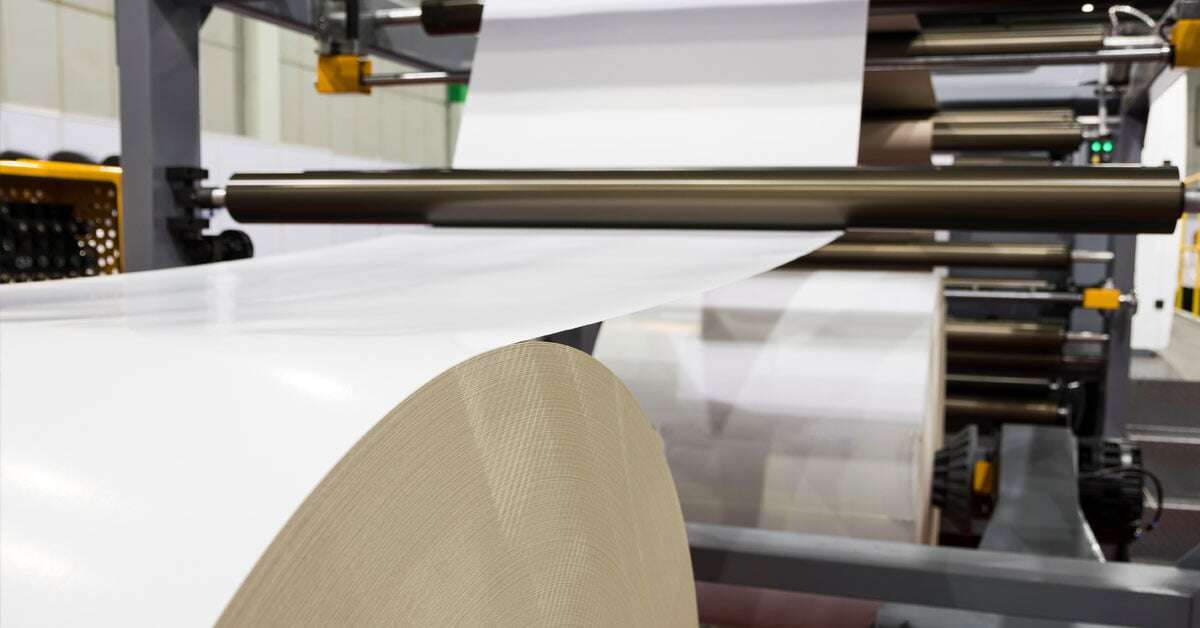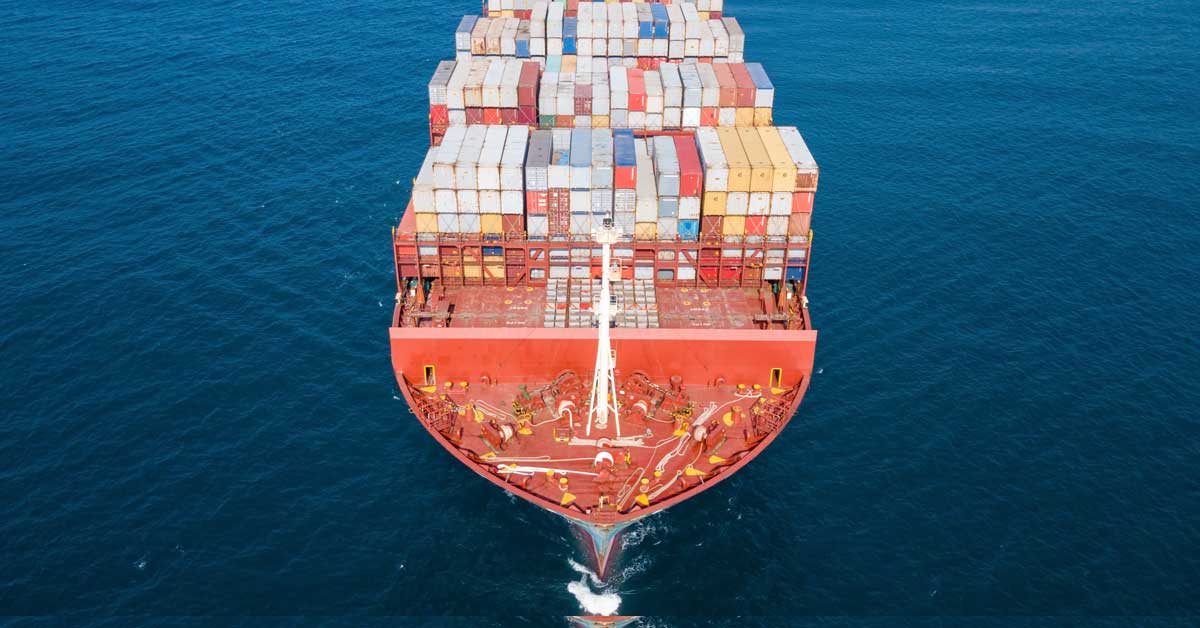4 min read
2023 Insights on Major Grades of the Pulp and Paper Industry
Stuart Sharp
:
Nov 16, 2023 12:00:00 AM

The 2023 global economy has been a nuanced interplay of global events and policy changes that have left many uncertain about its future trajectory. These developments have had far-reaching effects on various industries, including the pulp and paper industry, impacting factors such as prices and demand patterns.
As we approach the new year, let’s look back and review how different pulp and paper grades fared during the year.
Containerboard
Containerboard, the dominant major grade in the industry, continued to maintain its stronghold, accounting for roughly 39% of annual capacity production. Since 2020, it has witnessed a compound annual growth rate (CAGR) of 3.67%. This was driven by a surge in demand that swept the sector in 2020 and 2021. Various factors from increased sustainability initiatives to the exponential rise of the e-commerce sector during pandemic lockdowns can be attributed to this growth.
Although containerboard remains unrivaled in terms of capacity production compared to other major grades, it did experience a slight slowdown in 2022. So, how has this leading grade managed during 2023?
According to AF&PA, US containerboard production in Q1 2023 decreased 10% compared to Q1 2022. While Q3’s production decrease sat at only 1% compared to a year ago, it was down 8% compared to the same 9 months later. Furthermore, mill inventories dropped below 400,000 short tons in 1Q2023 for the first time since September 2021.
Reports from containerboard-producing companies detailing the performance of containerboard include:
- Smurfit Kappa observed a decrease in pricing for European containerboard in the first half of the year compared to the peak levels seen in the first half of 2022. This decline was attributed to lower year-on-year prices for recovered fiber and energy, as well as reduced demand from corrugated box producers. On average, testliner prices were €200 per tonne lower in the first six months of 2023 compared to the same period of last year, while kraftliner was down €172 per tonne. Read more
- International Paper reported a soft-demand environment for corrugated boxes and containerboard in North America during the second quarter of 2023. The company experienced a decrease in earnings in North America, as lower sales prices persisted in a soft demand environment for corrugated boxes and containerboard, driven by customer inventory destocking. Read more
- Oji Holdings reported a decline in the sales volume of containerboard in domestic markets in 1Q2023 compared to the previous year. Read more
However, it’s important to note that in North America, most major producers took downtime during the year to “right-size” their various inventories. This included placing several containerboard expansion projects on hold. These projects seem to be moving forward now that things seem to be back to a manageable market level today.
Related: 5 Interesting Facts About Containerboard (And Its Future)
Printing and Writing Paper
Accounting for 13% of global pulp and paper capacity, printing and writing paper has experienced a negative CAGR of -1.68% since 2020. Despite a short-term bump in capacity production in 2022 due to a slight economic recovery and easing of COVID restrictions, printing and writing paper have been a declining grade for as far back as 2013.
However, unlike many other countries, the printing and writing capacity in some Asian countries like China and India is witnessing noteworthy growth. For example, ITC, BILT Graphic Paper Products, and Andhra Paper in India have responded to increasing demand and the lack of sufficient supply by increasing their prices by INR 1,000-3,000 a ton for various grades. This price hike reflects the thriving market and the need to meet growing demands within the region.
The increase in demand for printing and writing paper in this region is primarily fueled by the thriving education sector and the growth of the e-commerce industry. The Indian Paper Manufacturers Association has reported a staggering 214% surge in imports of uncoated printing and writing paper during the first quarter of the year, with Indonesia, Singapore, and China emerging as the top import sources for this grade.
Related: Is Printing and Writing Making a Comeback?
Tissue and Towel
Despite accounting for only about 9% of global pulp and paper capacity, the tissue and towel sector is currently one of the fastest growing in the industry. Since 2020, it has experienced an impressive compound annual growth rate (CAGR) of 4.25%.
A closer look at FisherSolve data reveals significant capacity increases in specific countries. For instance, China saw a capacity growth of approximately 3 million tons in the first half of 2023 compared to the same period in 2022. Similarly, Turkey witnessed an increase of nearly 153 thousand tons, while Mexico recorded a rise of around 149 thousand tons. These three nations stood out as the top performers in terms of capacity growth in 2023 compared to the previous year among the top ten producing countries.
This capacity growth, coupled with the positive reports from key tissue and towel producers, underscores the sector's promising future. Companies like Cascades, The Navigator, Kimberly-Clark, and Clearwater Paper have all reported encouraging results and significant increases in tissue sales and volumes. Such developments further solidify the tissue and towel sector's position as a thriving part of the global pulp and paper industry.
Download a copy of our 2022 Global Tissue Industry Study Report
Market Pulp
Market pulp is the second largest major grade in the pulp and paper industry, making up about 16% of global capacity. Since 2020, it has experienced a CAGR of 1.87% and is the only major grade where Latin America takes the lead in production instead of the Asia Pacific region.
In South America, BEK pulp is being used increasingly more often. Some companies are now switching to 100% BEK pulp in the region for the production of various grades. Whereas companies and producers in Western Canada and other Scandinavian countries lean more heavily toward NBSK pulp.
The Brazilian Tree Industry (Ibá) has reported that pulp exports from Brazil reached a total of 9.1 million tonnes between January and June 2023, showing a 1.5% increase compared to the same period in 2022. Notably, pulp exports to China experienced a significant surge of 25.4%, while exports to North America also saw a rise of 19.9%.
Market pulp, being an essential material in the paper production process, has consistently demonstrated impressive growth since 2009. And 2023 is expected to close out with the largest annual capacity growth with over 4 million tons of added capacity.
Latin America is playing a crucial role in driving the impressive growth of the pulp market, thanks to a wave of new pulp projects announced in the region. These greenfield projects have the potential to significantly impact the global pulp market, resulting in a variety of outcomes. One potential effect is an increase in fluctuations in pulp prices as the market absorbs the additional capacity from these projects. As more players enter the market and competition intensifies, there may be periods of oversupply or undersupply, leading to heightened price volatility.
Related: An Overview of Latin America’s Wave of Greenfield Pulp Projects.
Staying informed about the latest trends and developments in each major grade sector is crucial in this ever-evolving market, and access to reliable data and trustworthy information is key.
Uncover global insights on pulp and paper mills – capacity trends, market analysis, and cost benchmarking. Elevate your strategy with our solutions.
Click here for essential data-driven success.
To learn more about how you can access and leverage insights on every pulp and paper mill in the world, including capacity trends, market trends, cost benchmarking, and more, then check out our solutions.





